Driveway Snow and Ice Removal Timing

Removing snow early in the season can prevent ice buildup and make subsequent removals easier.

Timely removal after snowfall reduces safety hazards and prevents snow compaction.

Clearing snow before temperatures drop below freezing inhibits ice formation.
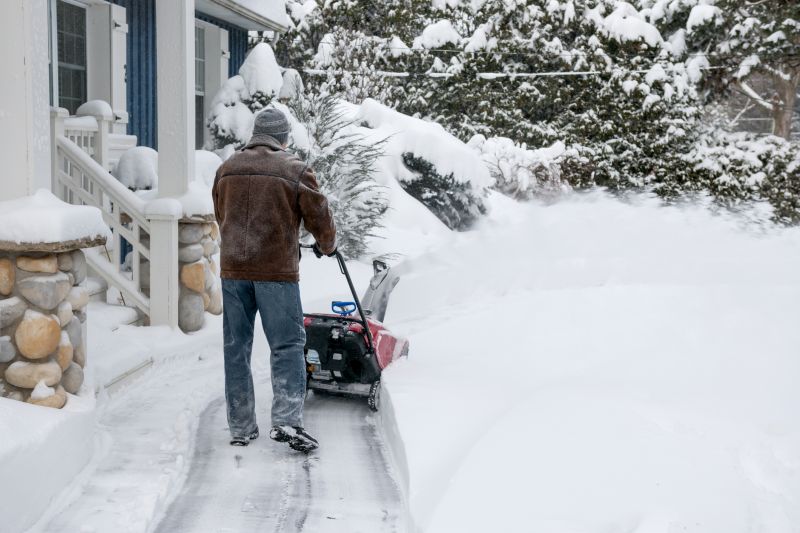
Ways to make Driveway Snow And Ice Removals work in tight or awkward layouts.

Popular materials for Driveway Snow And Ice Removals and why they hold up over time.
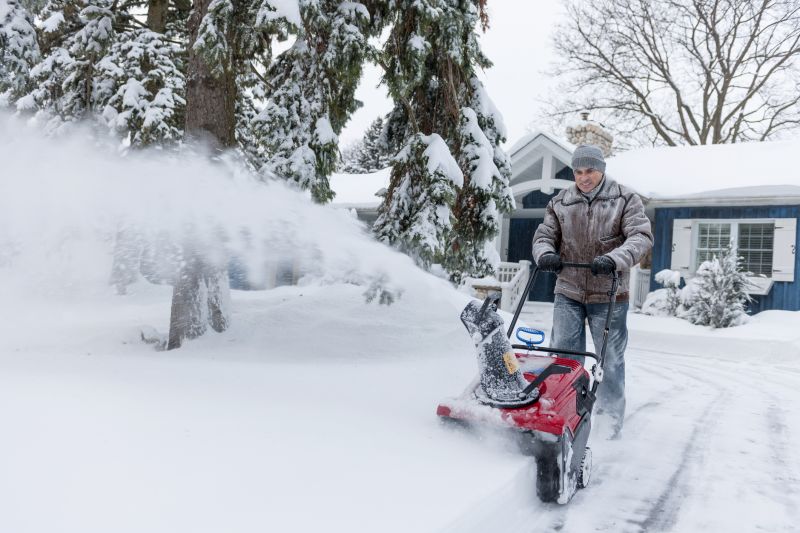
Simple add-ons that improve Driveway Snow And Ice Removals without blowing the budget.
Driveway snow and ice removals are essential for maintaining safety and accessibility during winter months. The timing of these removals can impact the effectiveness and safety of the process. Early interventions before heavy snowfall can minimize accumulation, while timely post-storm cleanup reduces the risk of ice formation and accidents. Proper timing ensures that driveways remain clear and safe for use, preventing damage to pavement and reducing injury risks.
Prompt removal reduces slip hazards and ensures safe passage during winter conditions.
Monitoring local forecasts helps determine optimal times for snow and ice removal.
Regular removals during ongoing snowfall prevent excessive buildup and ice formation.
Temperature fluctuations influence the timing and methods of effective snow and ice removal.
Effective driveway snow and ice removal depends on understanding weather patterns and local climate conditions. Frequent monitoring of forecasts can inform the best times to act, preventing dangerous ice accumulation and reducing the need for harsh de-icing agents. Proper timing not only enhances safety but also extends the lifespan of driveway surfaces by avoiding unnecessary damage caused by delayed removal or excessive chemical use.

Using the right tools at appropriate times ensures efficient clearing of snow and ice.
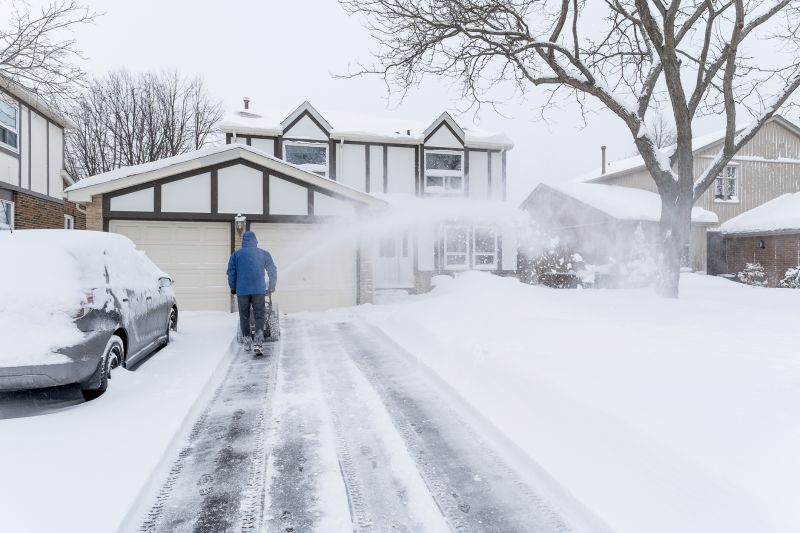
Applying pre-treatment before storms can reduce ice formation on driveways.

Removing snow early prevents dangerous ice patches from forming.
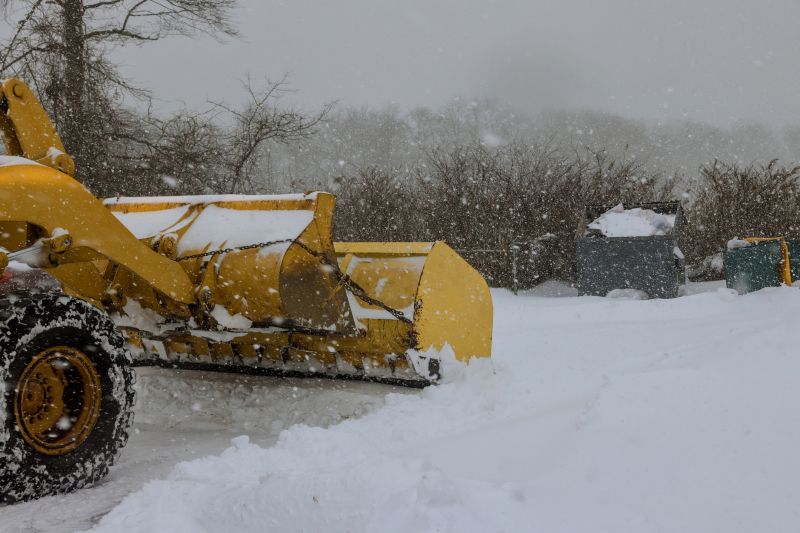
Real-time weather updates assist in scheduling effective snow removal.

Preparing a snow removal plan helps manage timing throughout the winter.

Assessing driveway conditions after snowfall guides timely removal efforts.
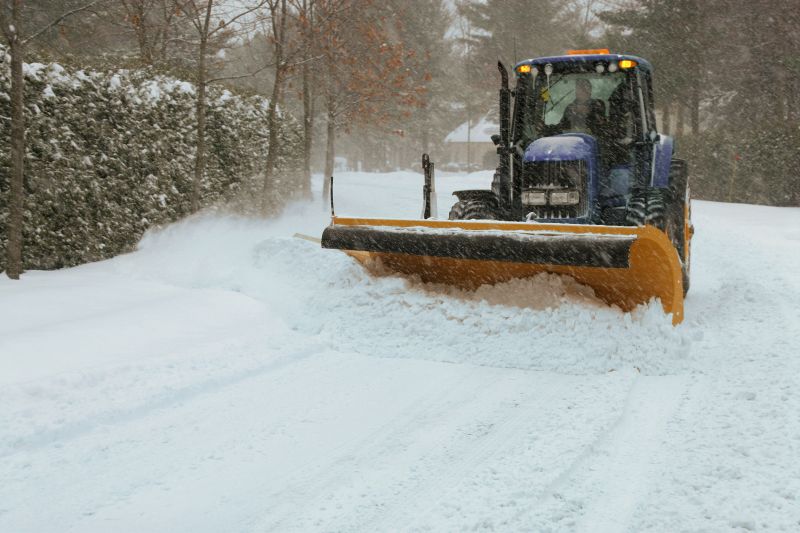
Applying de-icers at optimal times enhances effectiveness and safety.

Early action can reduce the severity of ice buildup and related hazards.
| Timing Aspect | Details |
|---|---|
| Pre-Storm Preparation | Pre-treat driveways with salt or de-icers before snowfall. |
| During Snowfall | Remove snow promptly to prevent accumulation and ice formation. |
| Post-Storm Cleanup | Clear remaining snow and ice immediately after snowfall ends. |
| Before Freezing Temperatures | Ensure driveway is clear to prevent ice bonding and hardening. |
| During Thaws | Remove melting snow to prevent refreezing and ice patches. |
| Ongoing Snowfall | Schedule regular removals during continuous snowfall. |
| After Heavy Snow | Perform comprehensive cleanup to restore driveway safety. |
| Pre-Season Planning | Develop a snow removal strategy before winter begins. |
Timely driveway snow and ice removals are crucial for safety, cost efficiency, and pavement integrity. Understanding the optimal periods for removal, based on weather conditions and snowfall patterns, can significantly reduce hazards. Regular monitoring and proactive planning ensure that driveways remain accessible and safe throughout the winter season.
For those interested in professional driveway snow and ice removal services, filling out the contact form provides a convenient way to request assistance tailored to specific needs and local weather conditions.
